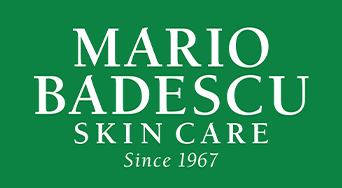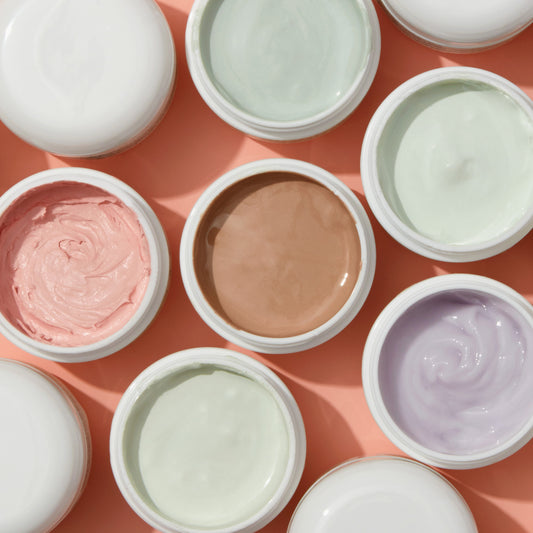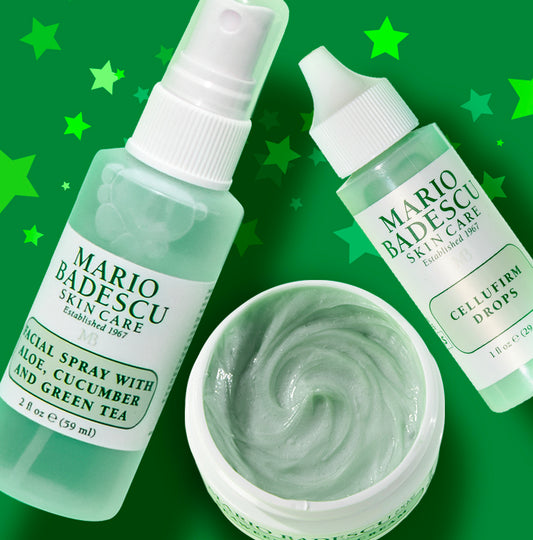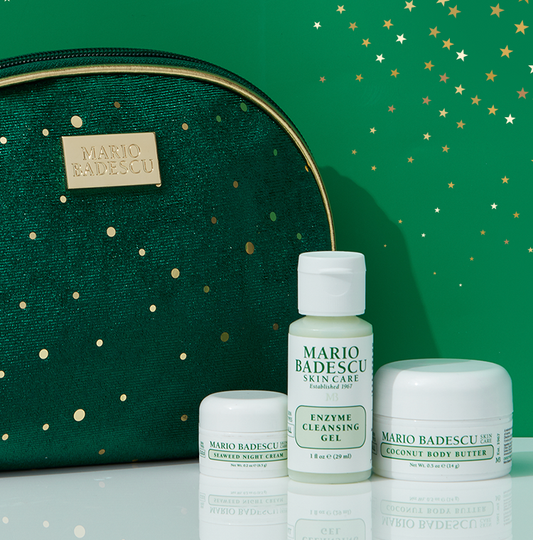
What is my skin type?
If you’re wondering what your skin type is, you’re not alone. Finding out your skin type is essential for knowing what your skin needs – and the type of skincare products that are best suited for your skin.
The best face cream for dry skin may not be ideal if your skin is actually oily. Your particular skin type can be clouded by many factors, including the kind of skincare products you’re using and whether they’re best for you.
The popularity of aggressive treatments and serums with high concentrations of alpha hydroxy acids (AHA’s) can sensitize skin, making you think you have a sensitive skin type when your skin type may be combination. Overuse of BHA’s, on the other hand, can strip skin of oils and cause an overproduction of sebum leading you to believe you’re oilier than you may actually are.
All of this can lead you to use products that aren’t quite right for you and don’t promote the health of your skin.
How to Determine Skin Type
How to find out your skin type is actually not very complicated. To start, take a skincare breather. Over the course of two or three days, tone down the use of potent serums, particularly acids and aggressive treatments with high concentrations of actives like retinol and vitamin C. AHA’s like Glycolic and Lactic Acids are powerful exfoliants that can sensitize the skin. BHA’s, the most common of which is Salicylic Acid, control oil production and loosen hardened sebum that builds up within pores.
After your brief detox period, begin your skincare routine with a gentle, non-stripping cleanser and a hydrating toner – without alcohol, AHA’s or BHA’s. Then, wait for about 30 minutes to see how your skin reacts.
If your skin begins to appear shiny and oily, you have an oily skin type. If it feels dry and uncomfortable, meaning it lacks sufficient oil content, then you have a dry skin type.
If you are oily in some areas, such as the T-zone across the forehead and down the bridge of the nose, but you seem dry on your cheeks, then your skin type is likely combination.
You may even discover that you can’t tell one way or the other! That means your skin type is relatively normal, neither oily nor dry.
If your skin flares up, burns or seems otherwise highly irritated, it’s an indication that your skin may have become sensitized by your routine. Skin can easily become agitated by the overuse of harsh acids and potent actives like retinoids.
What about sensitive skin?
First, what is sensitive skin? Sensitive skin should not be confused with sensitized skin, often a temporary condition. A sensitive skin type shows extreme sensitivity, irritation, redness and a general intolerance for much of what is applied to it.
Sensitive skin is a broad category than can encompass sensitivity to fragrance in skincare, or a particular ingredient like vitamin c or lavender oil. It can even have a reaction to pollutants in the air, climate and temperature changes, dehydration or a poor diet.
In many ways, all skin is “sensitive” as skin is a delicate organ that is highly reactive to both internal and external influences. Only you can determine what your own skin is sensitive to – and do your best to avoid those irritants.
Another great indicator of your skin type is the appearance of your skin in the morning – after a good night’s sleep. Since your skin has been at rest along with you, you can often tell your skin type with a quick glance in the mirror. Close up, how oily or dry does your skin appear?
Mario Badescu offers products for oily skin, dry skin, and every skin type in between, including sensitive skin. To shop by your skin type, try our regimen finder with products organized by skin type.



